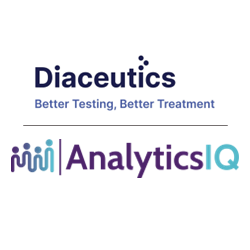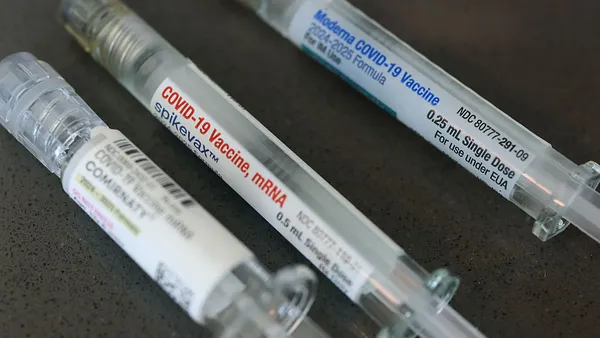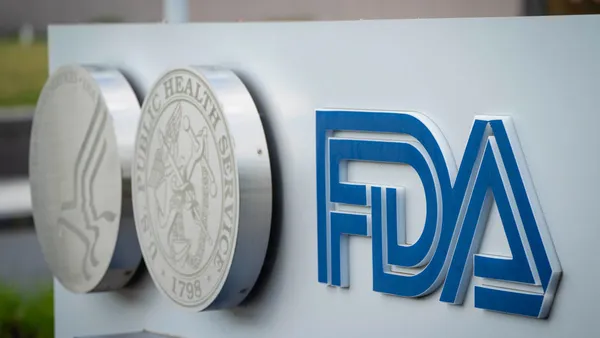The FDA green-lit four drugs last year without any U.S. trial participants, according to CDER’s drug trials snapshot report, which summarizes the various demographics of clinical trials for approved drugs.
Among the four approvals were drugs for a blood disorder, UTIs, cancer, and an ultra-rare disease. By comparison, the FDA approved two drugs in both 2023 and 2022 without any U.S. participants, and three of those four approvals came with either orphan or rare disease designations.
The agency has a history of rejecting drugs for a lack of testing on U.S. patients. For example, the FDA issued a complete response letter to Eli Lilly and its partner Innovent Biologics in 2022 after an expert panel said their lung cancer drug sintilimab needed to be tested in a population applicable to the U.S. Sintilimab, a PD-1 inhibitor, was approved in China for several cancer indications.
But the FDA has generally been open to approving more drugs with less data over time, according to a 2023 study from Oregon State University. Since the passage of the 21st Century Cures Act in 2016, the FDA has prioritized faster review for novel drugs in critical disease areas like cancer, allowing approvals with fewer supporting studies. Of 37 drugs OK’d in 2022, 24 were given the go-ahead based on a single study, the report found. FDA Commissioner Dr. Marty Makary has also recently proposed new strategies and programs aimed at speeding drug reviews even more.
Still, the U.S. has increasingly been losing R&D ground to China.
China’s growing prowess
China has seen a rapid increase in clinical trial activity over the last few years, and the country has surpassed the U.S. as the top location for drug research, according to a recent study. All other countries experienced a decline in trials during the same time, the study found.
Running trials in China is less expensive than in the U.S., according to GlobalData, and the nation has made moves to become a biotech leader for novel medicines. Last year, the number of novel drugs entering development reached 1,250, just behind 1,440 in the U.S., according to a Bloomberg analysis.
China in particular has become a major contributor to cancer drug R&D, as well as obesity medicine development and boasts up to 70 weight loss drugs in late-stage trials, according to STAT.
US skepticism
While the FDA is approving drugs more frequently without U.S. participants, it has maintained a tougher stance on China and its pledge to not approve drugs based on trials conducted solely within the country. Drugs approved last year without U.S. participants included sites in multiple countries.
The U.S. Justice Department also implemented a new rule this year to prevent China and other “countries of concern” from accessing sensitive information like biometric and genomic data. The rule exempted clinical trials until last month, when the FDA announced it would halt new studies “that involve sending American citizens’ living cells to China and other hostile countries for genetic engineering and subsequent infusion back into U.S. patients.” The agency said it was actively reviewing relevant trials and won’t allow new trials to proceed.
But the U.S. isn’t making it easier to run trials here. The Trump administration cut billions from the NIH budget this year, which is expected to impact clinical funding across the U.S. These cuts have garnered the attention of foreign health executives, including Craig Koch, executive vice president of Europe at clinical trial network Velocity, who penned an op-ed about the opportunity for Europe with the U.S. throttling its R&D industry.
“This has never been a one-horse race, and growing uncertainty in the U.S. could present an opportunity for other regions to attract a greater share of global clinical trials,” he wrote.
China, meanwhile, is attempting to move even faster. The country’s National Medical Products Administration proposed last month to halve clinical trial reviews, bringing the waiting period down from 60 to 30 days.













